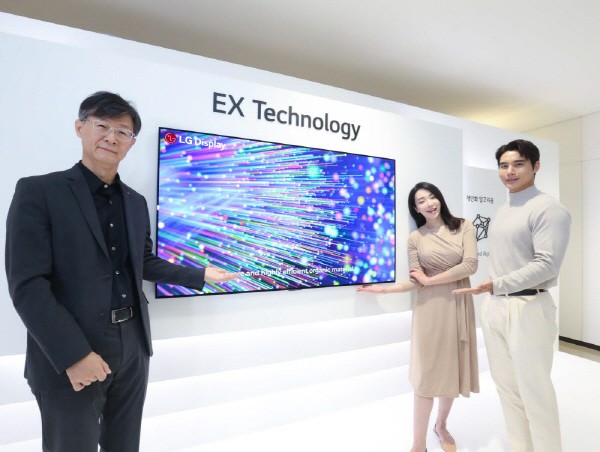ASIA ELECTRONICS INDUSTRYYOUR WINDOW TO SMART MANUFACTURING
Head-on Competition Between Two Korean Rivals to Boost up OLED Panel Market
LG Display welcomes backyard archrival Samsung Display’s joining into global OLED panel market, as it would help speed up the replacement of OLED panels as de facto alternative standard to LCDs in global flat screen TV market.
“We really greet Samsung Display’s novel entry into global OLED manufacturing ecosystem as it represents great momentum to further boost up OLED panel market. We have been singlehandedly promoting large-size OLED panels for the last 10 years. Eventually, we came to have a partner, “said Oh Chang Ho, executive vice president with LG Display at a press conference held on Dec. 29 2021.
True enough, Samsung Display had started mass-production of QD, or quantum dot OLED panels in December 2021, jumping into the ecosystem as the world’s third OLED display maker following LG Display of Korea and TCL of China.
Samsung’s joining was a welcome news for global TV makers, as it would help accelerate the shift in the mainstream TV panel technology away from LCDs to OLEDs, making expensive luxury OLED TVs affordable ones for middle-income consumers.
So far, LG Display has been singlehandedly struggling to promote self-lighting and lifelike picture quality, but relatively expensive OLED panels as affordable alternative to decades-LCD panels -a move to inject new, fresh excitements in the already matured global TV markets, but with little success.
OLED panels still account for a small fraction of global TV market, or about 3%, claiming for premium and higher price tags, even if they are luring consumers with life-like picture quality.
LG Display expects that the year 2022 would be a watershed moment for OLED panels, as the worldwide OLED panel shipments market would reach more than 10 million units, up from 8 million in 2021.

To cash in on the upward cycle, LG Display plans to promote a next generation of OLED panel technology starting from the second quarter of 2022 in what the company brands it as “OLED. EX”
Replacing hydrogen with blue deuterium- key material element in forming white OLED pixels, the new technology evolution boasts of 30% more brightness than current OLED panel technology, and comes with a 30% smaller bezel, or 4mm wide.
Supplied by Dupont of the U.S., the blude deuterium ensure longer and more stable pixel lifetime, making the picture quality more immersive.
So, Idemitsu Kosan of Japan has supplied hydrogen for LG Display.
Coming armed with AI, or artificial intelligence algorithm, the OLED. EX panel can even learn the TV viewing pattern of each viewer and then predict and precisely control individual usage amounts of pixels out of 33 million pixels to render crisper and more detailed colors.
Samsung Display also bets that its QD-OLED will become a game changer, offering better and crystal-clearer picture quality.
Samsung believes that it QD-OLED panel technology outperforms LG’s in picture quality, because it comes built with Blue OLED cells, QD or quantum dot layers and RGB color filters to generate RGB color.
Called as WOLED, LG’s OLED comes built with self-lighting white OLED cells, which emit lights through RGB color filters to create RGB colors.




